| [1] |
KAISER J. A study of acoustic phenomena in tensile tests[D]. Technische Hochschule Munched, FRG, 1950.
|
| [2] |
MOGI K. Study of elastic cracks caused by the fracture of heterogeneous materials and its relations to earthquake phenomena[J]. Bulletin of the Earthquake Research Institute, 1962, 40: 125-173.
|
| [3] |
RUDAJEV V, VILHELM J, LOKAJICEK T. Laboratory studies of acoustic emission prior to uniaxial compressive rock failure[J]. Int J Rock Mech& Min Sci, 2000, 37(4): 699-704.
|
| [4] |
PESTMAN B J, VAN MUNSTER J G. An acoustic emission study of damage development and stress-memory effects in sandstone[J]. Int J Rock Mech Min Sci & Geomech Abstr, 1996, 33(6): 585-593.
|
| [5] |
勝山邦久. 声发射(AE)技术的应用[M]. 冯夏庭, 译. 北京: 冶金工业出版社, 1996. (KATSUYAMA K. Application of AE techniques[M]. FENG Xia-ting, tran. Beijing: Metallurgy Industry Press, 1996. (in Chinese))
|
| [6] |
DAI S T, LABUZ J F. Damage and failure analysis of brittle materials by acoustic emission[J]. Journal of Material in Civil Engineering, 1997, 9(4): 200-205.
|
| [7] |
COX S J D, MEREDITH P G. Microcrack formation and material softening in rock measured by monitoring acoustic emissions[J]. Int J rock Mech Min Sci & Geomech Abstr, 1993, 30(1): 11-24.
|
| [8] |
秦四清, 李造鼎, 张倬元, 等. 岩石声发射技术概论[M]. 成都: 西南交通大学出版社, 1993. (QIN Si-qing, LI Zao-ding, ZHANG Zhuo-yuan, et al. An introduction to acoustic emission techniques in rocks[M]. Chengdu: Southwest Jiaotong University Press, 1993. (In Chinese))
|
| [9] |
张志雄. 岩石直接拉伸与压缩变形特性的试验研究[D]. 昆明理工大学, 2008. (ZHANG Zhi-xiong. Experimental research on deformation behavior of rocks in direct tension and compression[D]. Kunming University of Science and Technology, 2008. (in Chinese))
|
| [10] |
喻 勇, 张宗贤, 俞 洁, 等. 岩石直接拉伸破坏中的能量耗散及损伤特征[J]. 岩石力学与工程学报, 1998, 17(4): 38-44. (YU Yong, ZHANG Zong-xian, YU Jie, et al. Energy dissipation and damage characters in rock direct tensile destruction[J]. Chinese Journal of Rock Mechanics and Engineering, 1998, 17(4): 38-44. (in Chinese))
|
| [11] |
梁正召, 唐春安, 张永彬, 等. 岩石直接拉伸破坏过程及其分形特征的三维数值模拟研究[J]. 岩石力学与工程学报, 2008, 27(7): 1402-1410. (LIANG Zheng-zhao, TANG Chun-an, ZHANG Yong-bin, et al. Three-dimensional numerical study of direct tensile fracture of rock and associated fractal[J]. Chinese Journal of Rock Mechanics and Engineering, 2008, 27(7): 1402-1410. (in Chinese))
|
| [12] |
周小平, 张永兴, 哈秋舲, 等. 单轴拉伸条件下细观非均匀性岩石变形局部化分析及其应力-应变全过程研究[J]. 岩石力学与工程学报, 2004, 23(1): 1-6. (ZHOU Xiao-ping, ZHANG Yong-xing, HA Qiu-ling, et al. Analyses on strain localization and complete stress-strain relation of mesoscopic rock under uniaxial tension[J]. Chinese Journal of Rock Mechanics and Engineering, 2004, 23(1): 1-6. (in Chinese))
|
| [13] |
THAM L G, LIU H, TANG C A, et al. On tension failure of 2-D rock specimens and associated acoustic emission[J]. Rock Mech Rock Engng, 2005, 38(1): 1-19.
|
| [14] |
付军辉, 黄炳香, 刘长友, 等. 煤试样巴西劈裂的声发射特征研究[J]. 煤炭科学技术, 2011, 39(4): 25-28. (FU Jun-hui, HUANG Bing-xiang, LIU Chang-you, et al. Study on acoustic emission features of coal sample in Brazilian splitting[J]. Coal Science and Technology, 2011, 39(4): 25-28. (in Chinese))
|
| [15] |
刘建锋, 徐进, 杨春和, 等. 盐岩拉伸破坏力学特性的试验研究[J]. 岩土工程学报, 2011, 33(4): 580-586. (LIU Jian-feng, XU Jin, YANG Chun-he, et al. Mechanical characteristics of tensile failure of salt rock[J]. Chinese Journal of Geotechnical Engineering, 2011, 33(4): 580-586. (in Chinese))
|
| [16] |
周瑶琪, 王爱国, 陈 勇, 等. 岩石压裂过程中的声发射信号研究[J]. 中国矿业, 2008, 17(2): 94-97. (ZHOU Yao-qi, WANG Ai-guo, CHEN Yong, et al. Research on acoustic emission of rock fracture[J]. China Mining Magazine, 2008, 17(2): 94-97. (in Chinese))
|
| [17] |
刘新平, 刘 英, 陈 顒. 单轴压缩条件下岩石样品声发射信号的频谱分析[J]. 声学学报, 1986, 11(2): 80-87. (LIU xin-ping, LIU Ying, CHEN Yong. Spectral analysis of acoustic emissions of rock specimen during uniaxial compression[J]. Acta Acustica, 1986, 11(2): 80-87. (in Chinese))
|
| [18] |
刘建伟, 吴贤振, 刘祥鑫, 等. 不同岩石脆性破坏声发射时频特性及信号识别[J]. 有色金属科学与工程, 2013, 4(6): 73-77. (LIU Jian-wei, WU Xian-zhen, LIU Xiang-xin, et al. Time -frequency characteristic and signal recognition of acoustic emission generated from different rock brittle failure[J]. Nonferrous Metals Science and Engineering, 2013, 4(6): 73-77. (in Chinese))
|
| [19] |
牛滨华, 孙春岩. 半空间介质与地震波传播[M]. 北京: 石油工业出版社, 2002. (NIU Bin-hua, SUN Chun-yan. Half-space medium and seismic wave propagation[M]. Beijing: Petroleum Industry Press, 2002. (in Chinese))
|
| [20] |
李建功. 应力波在弹塑性煤岩体中传播衰减规律研究[D]. 青岛: 山东科技大学, 2008. (LI Jian-gong. Study on the stress wave propagation attenuation laws in the elastoplastic coal rock[D]. Qingdao: Shandong University of Science and Technology, 2008. (in Chinese))
|
| [21] |
刘习军, 贾启芬, 张文德. 工程振动与测试技术[M]. 天津: 天津大学出版社, 1999. (LIU Xi-jun, JIA Qi-fen, ZHANG Wen-de. Engineering vibration and testing techniques[M]. Tianjin: Tianjin University Press, 1999. (in Chinese))
|
| [22] |
HITATA T, SATOH T, ITO K. Fractal structure of spatial distribution of microfracturing in rock[J]. Geophysical Journal International-Geophys Jint, 1987, 90(2): 369-374.
|
| [23] |
凌同华, 李夕兵. 多段微差爆破振动信号频带能量分布特征的小波包分析[J]. 岩石力学与工程学报, 2005, 24(7): 1117-1122. (LING Tong-hua, LI Xi-bing. Analysis of energy distributions of millisecond blast vibration signals using the wavelet packet method[J]. Chinese Journal of rock Mechanics and Engineering, 2005, 24(7): 1117-1122. (in Chinese))
|
 本站查看
本站查看
 百度学术
百度学术
 百度学术
百度学术
 百度学术
百度学术
 百度学术
百度学术
 本站查看
本站查看
 本站查看
本站查看



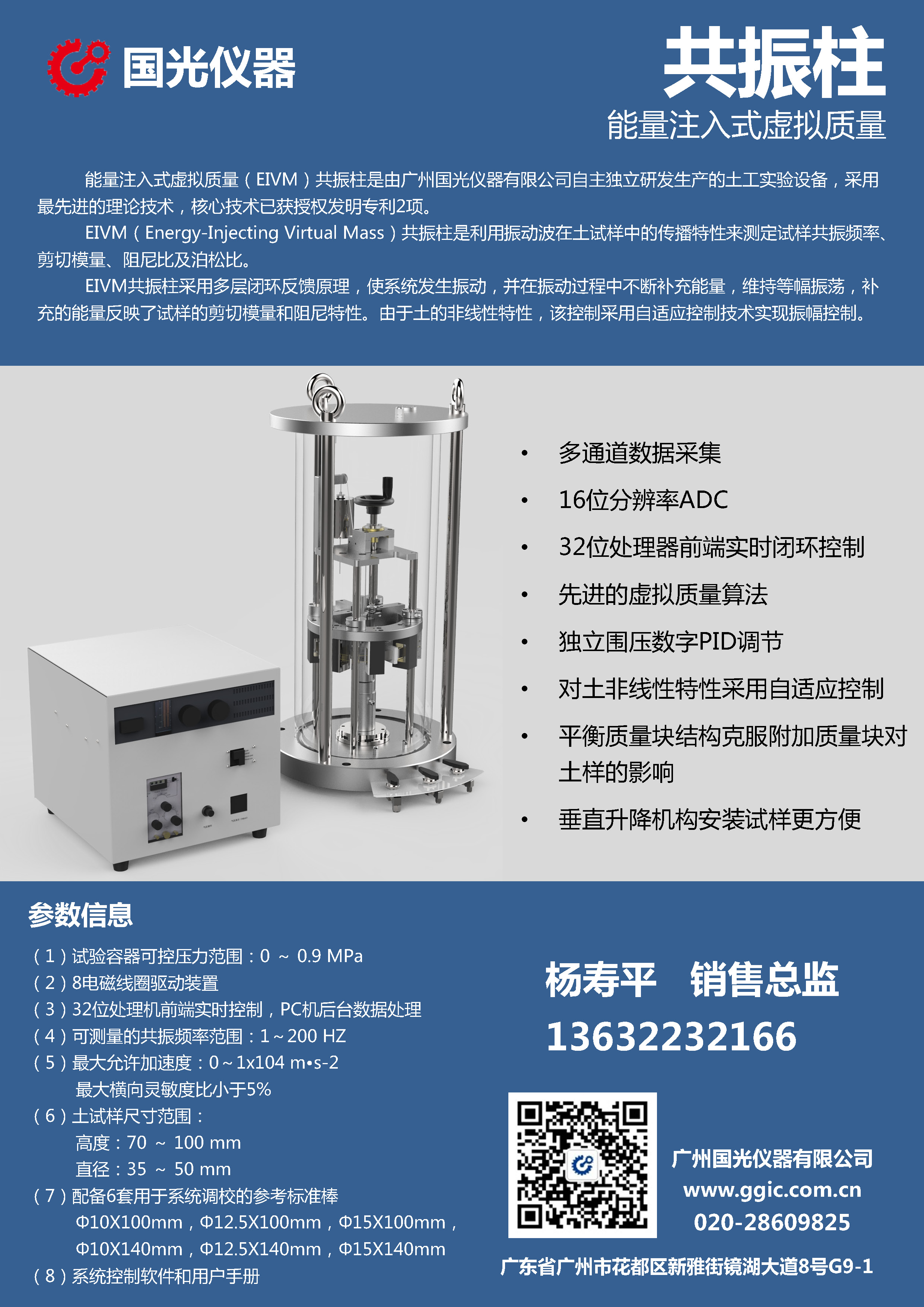
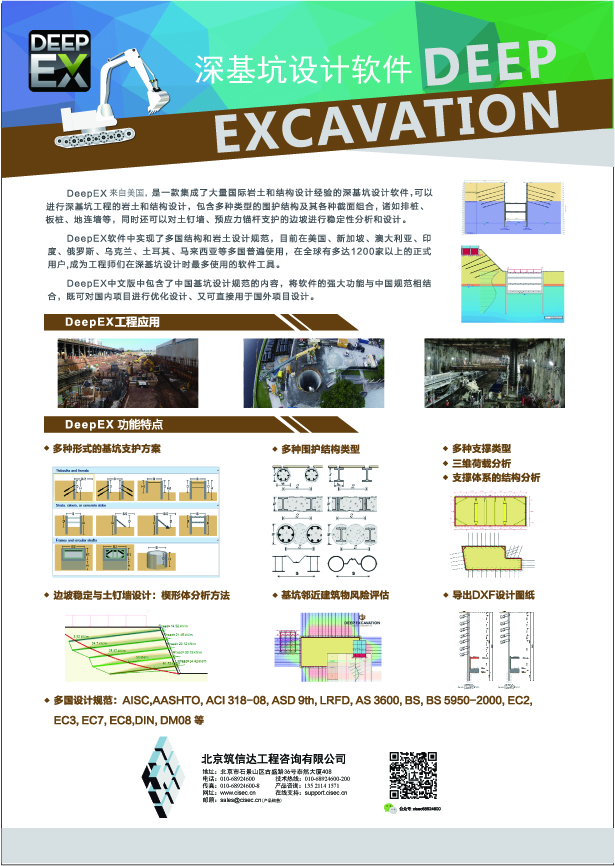
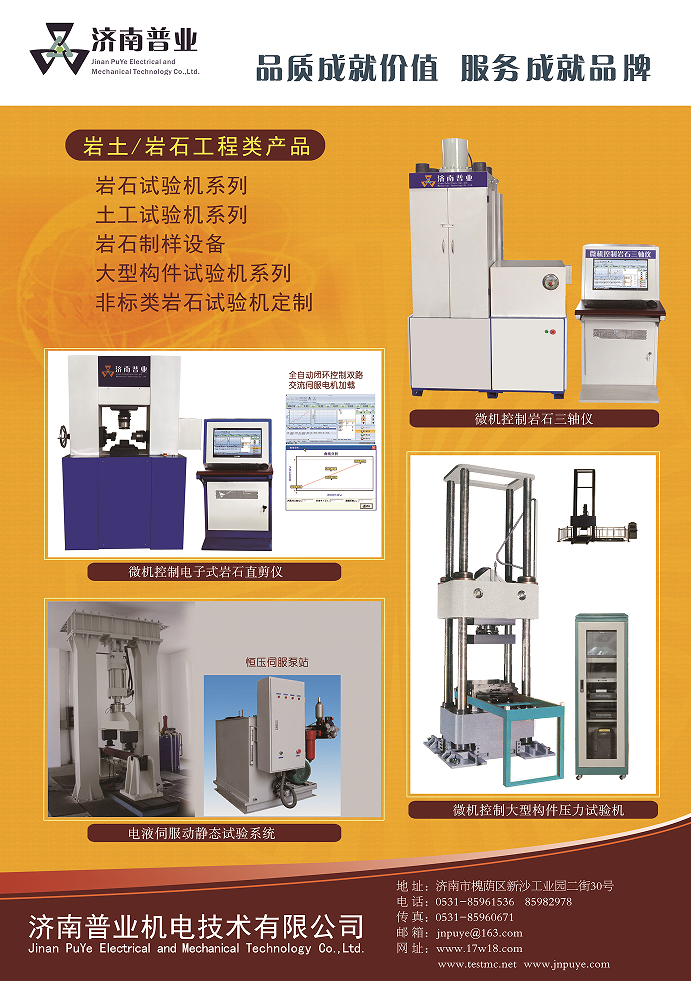
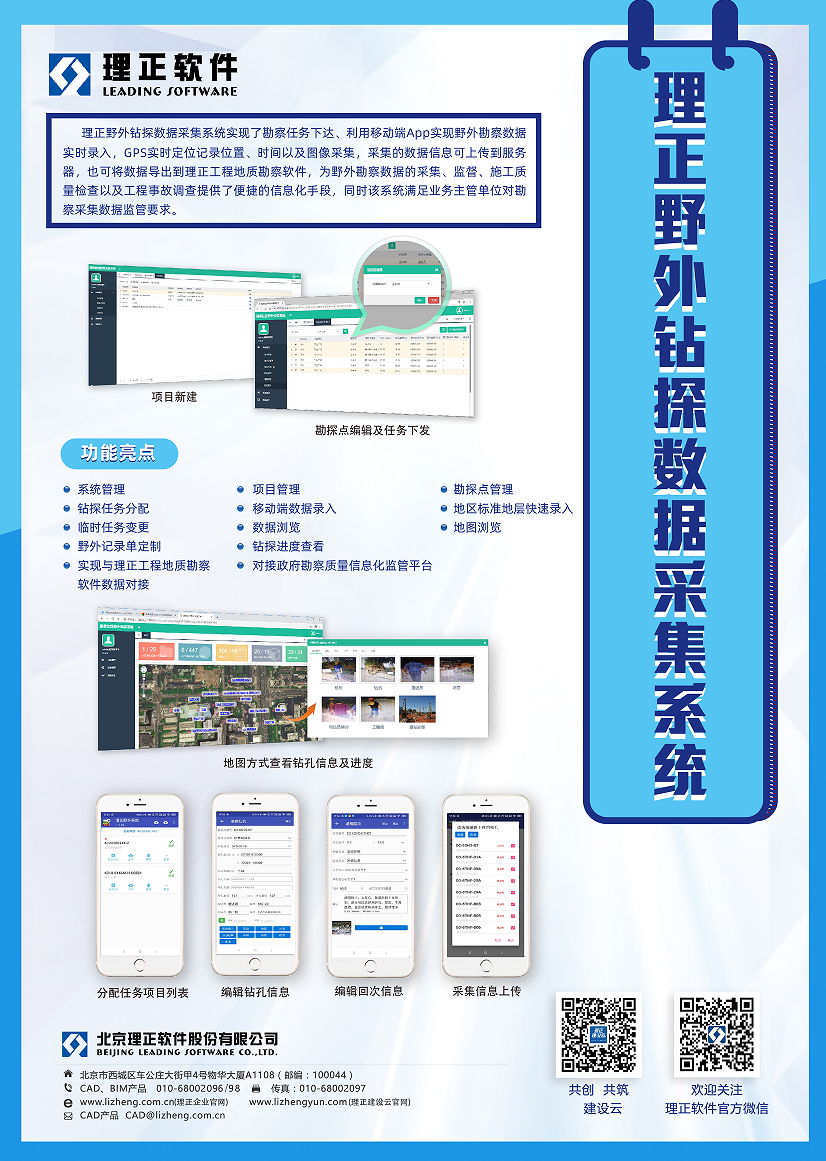
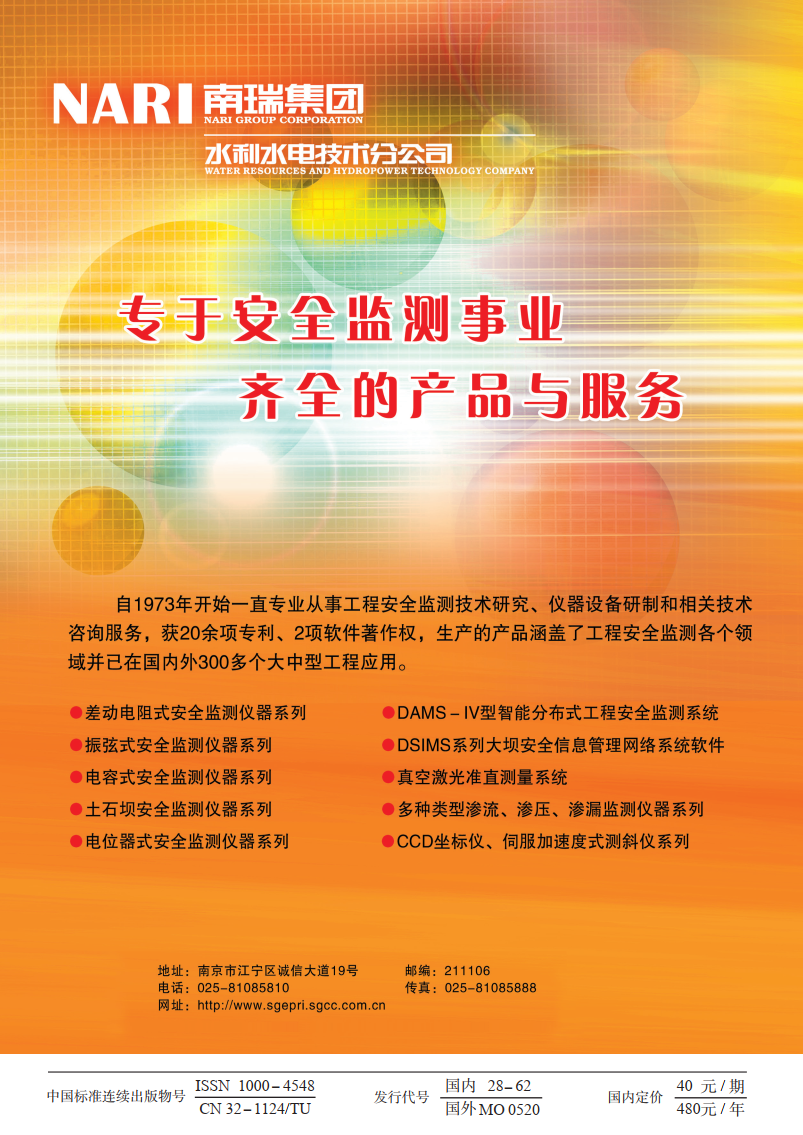
 下载:
下载:
